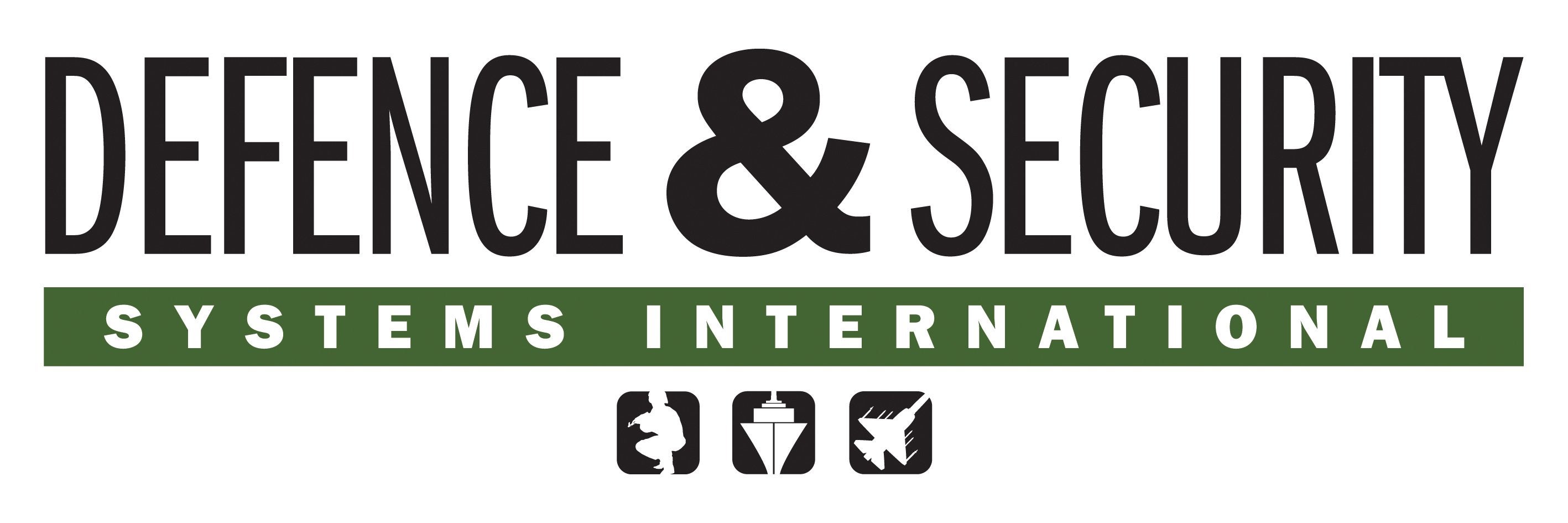
Sonar systems detect and locate submerged objects or measure distances underwater. They have been used for various purposes including submarine hunting, mine and depth detection, commercial fishing, insurance of diving safety and, of course, communication at sea.
Each submarine is equipped with a passive sonar, which has been in permanent development to increase functionality and performance.
The change of the political situation worldwide has a significant influence on the activities of several navies. It is still common to install anti-submarine warfare (ASW) sonars in order to hunt submarines. But ASW sonars are not only a very expensive choice, they also have a strong impact on the design of the complete vessel. Decreasing budgets for naval shipbuilding often do not allow for the installation of ASW sonars on vessels.
Due to the fact that new threats often present themselves in areas of the world with countries that do not have submarines, most of the vessels are not destined for submarine hunting.
Although naval budgets are in many cases too tight for a classical ASW solution, there is still a strong need for awareness about underwater situations.
Multifunction sonar systems
We are seeing a paradigm change in the active sonar market in the direction of multifunction sonar systems.
These are designed and developed to fulfil new requirements such as detection of asymmetric threats that exist in areas where navy vessels are on new missions, including peacemaking and peacekeeping. Here, there is no need for submarine hunting and therefore no need for an ASW sonar.
We see two typical vessels as a carrier for active sonar systems. The first is the multipurpose vessel, customised with different modules to fulfil the mission. The second is the fast patrol vessel. Both vessel types operate in shallow water areas as well as in harbour areas where asymmetric threats are possible.
The frequency of asymmetric attacks against surface vessels is on the rise.
The most critical threat comes from small targets such as mines and stealth divers, which are very difficult to detect and require special countermeasures. The torpedo threat also still exists and must be detected. While quite a number of concepts exist to counter mine and torpedo threats, a valid procedure against divers has not yet been established.
Existing sonar systems were developed to satisfy individual requirements like ASW, but the ASW sonar is not suitable to meet the new threat against small targets thrown up by asymmetric warfare. The feature to detect small targets, such as divers, ROVs, mines and other objects with very low target strength, is missing and needs to be implemented.
Divers and mines are very difficult to detect on sonar displays due to their very weak target strength and their very low speed.
In practice, a sonar operator might detect divers but this detection would be interpreted as a static target and not as a target moving in the ship’s direction.
A new kind of multifunction sonar is required where the detection and warning of small targets are the main features. It is also necessary to implement the torpedo warning functionality as a permanently running process to warn the operator against this threat.
Alert to potential threats
Naval budget restrictions mean it has become more common to reduce the number of crew members. If there is no sonar operator onboard, the system must be able to generate alerts informing the guard of a potential threat.
One solution to detect a threat and generate an alert is an adequate target-tracking algorithm. This algorithm creates tracks that must be investigated in relation to the direction of movement. An alert will be released if the generated track lies in the direction the ship is travelling.
Because of the low target strength, this track algorithm needs target information from a sonar with excellent detection performance.
After the detection of a target with low target strength, an adequate countermeasure must be applied. Due to existing rules of engagement it is mandatory to apply non-lethal countermeasures against divers. Existing methods are the aural warning of subsurface targets via hailing systems. The same kind of warning mechanism is considered here where a warning message will be emitted in the water via an underwater transducer.
Even while considering the change in functionality in the active sonar market, there is still a need for reliable and robust equipment for military vessels that is shock-proof and resistant to vibration and temperature.
A totally new maintenance concept must also be taken in consideration. Today’s vessels are often in out-of-area missions far away from the naval base. Consequently, the maintenance interval is increasing to up to two years. This has, of course, had a significant influence on the design of a multipurpose sonar.
Multipurpose sonars have been one of the most successful products delivered by L-3 ELAC Nautik and the company continues to develop and deliver systems that will fulfil all requirements presented by the new tasks and conditions.
This article was first published in our sister publication Defence & Security Systems International.








